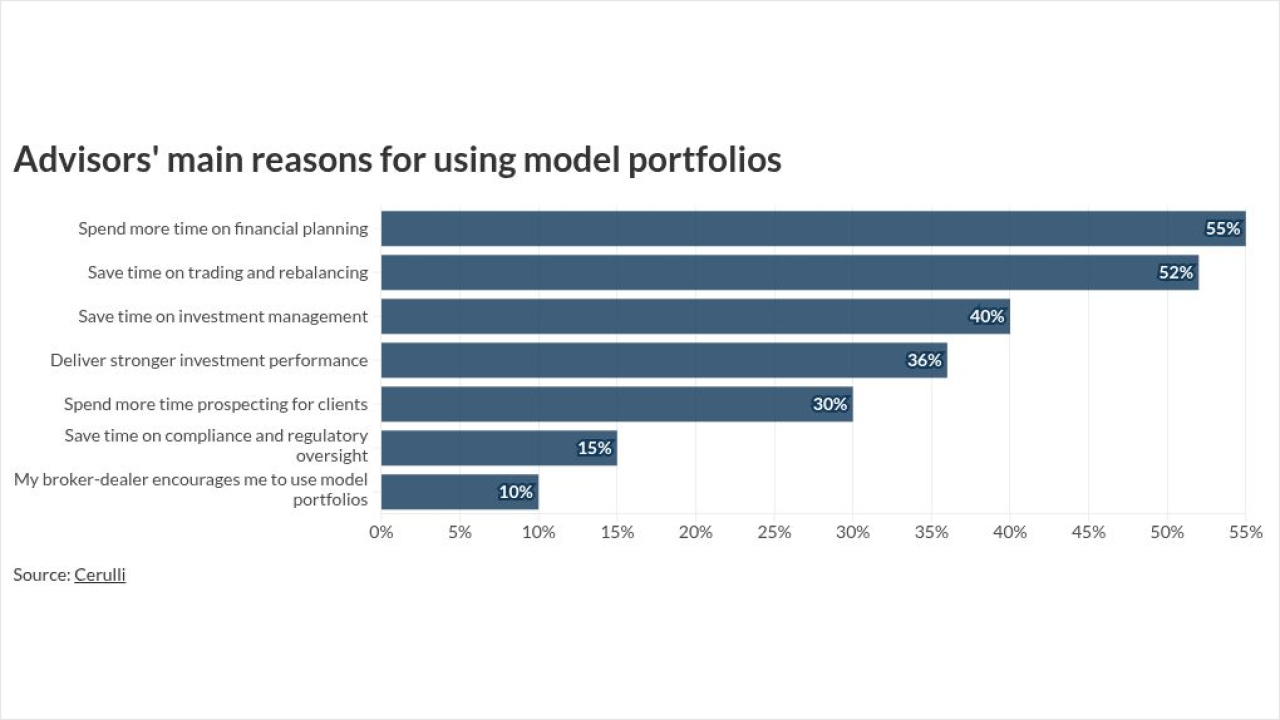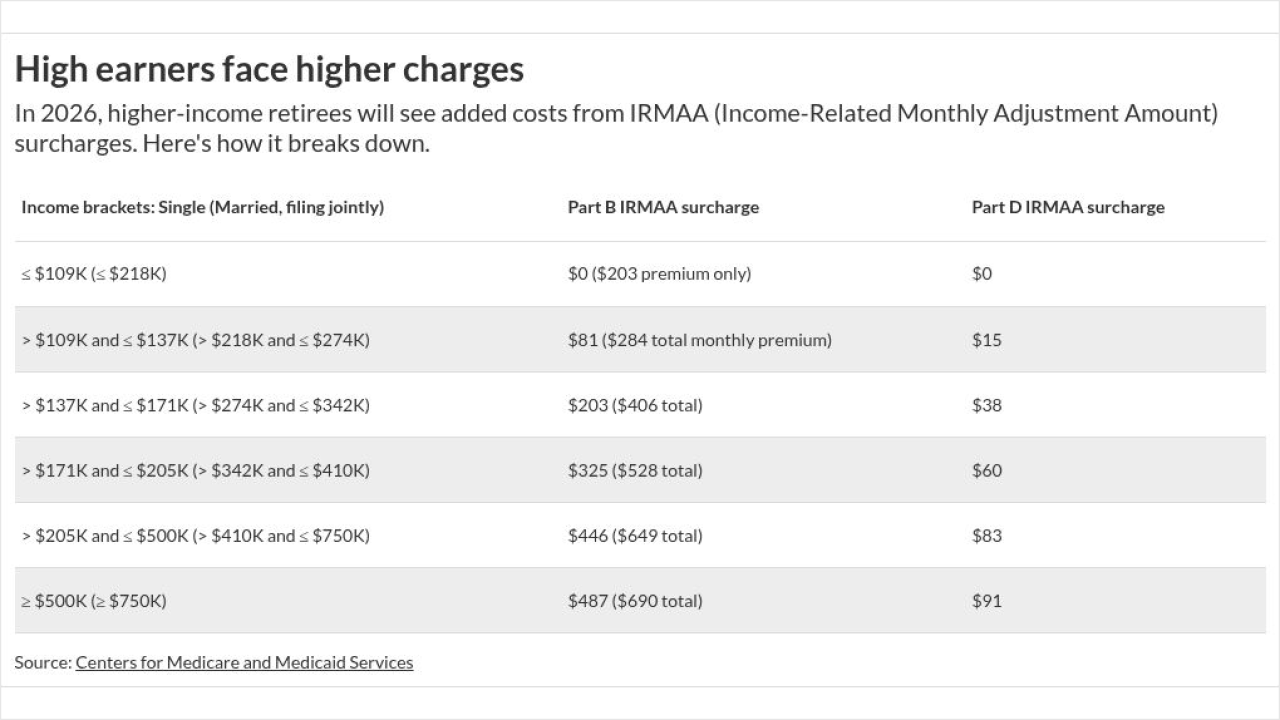The problem with the share class selection calculator Morgan Stanley built in 2008 was that it didn’t always work.
At least, that’s what the SEC says.
As a result, Morgan Stanley clients overpaid approximately $12.3 million in up-front sales charges, contingent deferred sales charges and higher ongoing fees and expenses over a seven-year period ending in December 2016, according to the SEC.

In addition to fixing the calculator and returning approximately 99% of these alleged overcharges, Morgan Stanley settled with the SEC for more than $1.5 million in civil penalties, disgorgement and prejudgment interest, according to the regulator’s order.
“We are pleased to have resolved this matter and have corrected the systems issues that were the cause,” a company spokeswoman said in an email.
Morgan Stanley and its advisors relied on the calculator in order to select the most economic share classes for clients, according to the SEC. The tool was incorporated into Morgan Stanley’s order entry system in 2008 for advisors to use when they executed a mutual fund transaction for clients, and in 2012 for transactions for legacy Smith Barney clients. After 2015, the wirehouse gave disclosures to clients at the time of account opening stating that that “the firm employs an order entry share class selection calculator designed to provide customers with the least costly share class option over the anticipated holding period of the investment,” according to the regulator’s order.
Still, the wirehouse failed to adequately test and validate that the calculator worked as designed, the SEC says.
Approximately 18,520 retirement and charitable accounts were not given sales charge waivers they were eligible for, the Commission says. In the “vast majority” of these cases, clients could have purchased load-waived Class A shares, but were sold instead Class A shares with up-front sales charges, or Class B or Class C shares, which had a contingent deferred sales charge as well as higher ongoing fees and expenses, according to the SEC. In addition, certain clients were eligible to purchase no-load Class R shares, but these shares were not made available to them. Morgan Stanley earned more revenue when clients purchased the more expensive share classes, according to the SEC.
Failure to discover and correct the calculator’s flaws was misleading to clients in that the wirehouse presented the tool as one “designed to provide customers with the least costly share class option,” the SEC says.
The penalty comes after several other recent SEC cases regarding share class selection and disclosure, including charges against two






